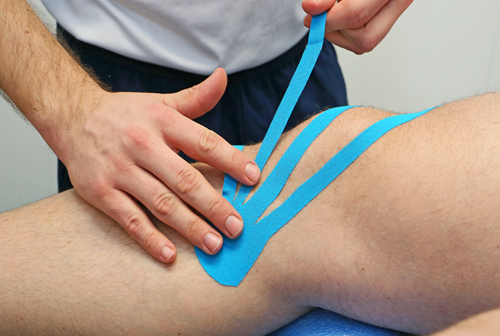Swimming Injuries
Swimming is classified as a low-impact exercise, therefore it is generally thought of as a sport that has a low injury risk. This is a misconception and swimming is not without risk of injury. The difference is that the injuries sustained are related to a heavy workout load and incorrect technique, rather than impact and trauma.
Swimming injuries by nature of the sport tend to be more overuse injuries rather than due to acute trauma. To be a competent swimmer you need to be able to combine strength, flexibility and endurance. Failure in one of these areas or a poor technique lead the swimmer to be prone to overuse injuries of the shoulder, neck, lower back or knees. Poor technique of one of the main strokes predisposes swimmers to various injuries: front crawl often causes shoulder problems, butterfly and breaststroke can often cause elbow problems and breaststroke commonly causes knee injuries.
Common swimming injuries include:
- Swimmers shoulder (impingement)
- Shoulder instability
- Rotator cuff tendinopathy
- MCL stress injury – Breaststroke knee
- PFPS
- Thoracic outlet syndrome
You can help yourself to avoid swimming injuries by maintaining a suitable training load, mix up the strokes in your training regime, warm up and stretch before a swim session and advance your core control, scapular control and rotator cuff strength with a land based gym program.
The main thing with swimming injuries is that prevention is key. Maintain a structured workout load that has been designed for your capabilities. Also make sure you have a good technique. Failing this seek help and advice from the highly skilled physiotherapists at The Physiotherapy Academy who will help maintain your training in the water and give you that competitive edge. Call or email today for further information.
To arrange an appointment or speak to a physiotherapist, call or email on:
Southend on Sea: 01702 521 042 or info@physioacademy.co.uk
Chelmsford: 01245 254 069 or chelmsford@physioacademy.co.uk





























